Name Emahoy Guebrou | ||
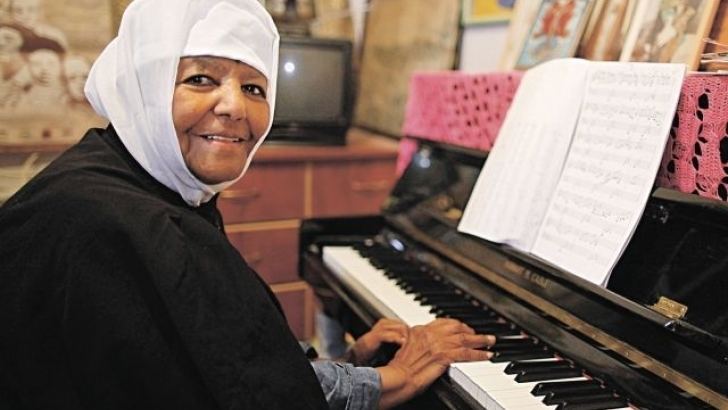 | ||
Role Nun · emahoymusicfoundation.org Albums Ethiopiques 21: Ethiopia Song, Ethiopiques, vol. 21: Emahoy (Piano Solo) Similar People Maya Dunietz, Getatchew Mekurya, Alemayehu Eshete, Mahmoud Ahmed, Mulatu Astatke | ||
Tsegue maryam guebrou homeless wonderer zulu 4 breakfast
Emahoy Tsegué-Maryam Guèbrou (born December 12, 1923) is an Ethiopian nun known for her piano playing.
Contents
Piano solo
History
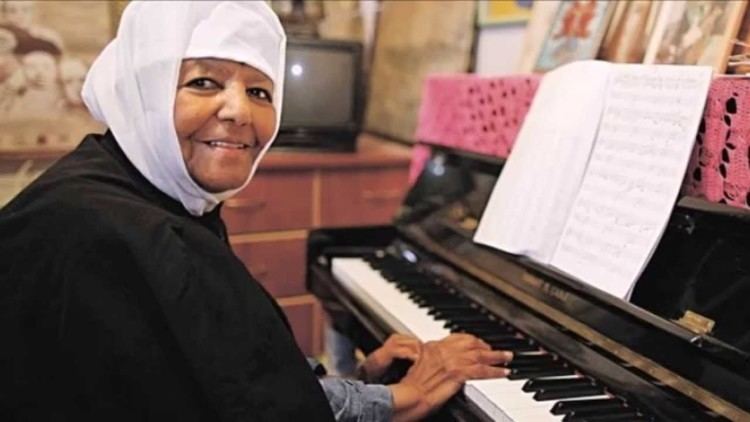
Guèbrou was born as Yewubdar Gebru in Addis Ababa to a wealthy family, at six she was sent to a boarding school in Switzerland, where she studied violin. In 1933, she return to Ethiopia. During the Second Italo-Ethiopian War she and her family were prisoners of war and were sent by the Italians, to the prison camp on the Italian island of Asinara and later to Mercogliano near Naples. After the war Guèbrou studied under the Polish violinist Alexander Kontorowicz in Cairo. Kontorowicz and Guèbrou returned to Ethiopia where Kontorowicz was appointed as musical director of the band of the Imperial Body Guard. Guèbrou was employed as an administrative assistant.
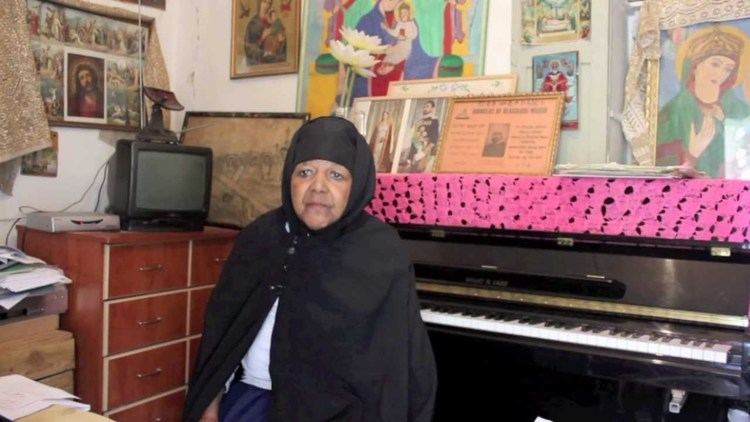
At 19 she fled to the Guishen Mariam monastery in Wollo Province and became a nun. She was given a religious name, Tsegué-Maryam and ordained as a nun, with the title of Emahoy. She could not continue her music at the monastery as it was in the remote rural hinterland of Ethiopia, without running water or electricity. She no longer had access to the piano. Her living conditions at the Guishen Mariam monastery were so harsh she fell severely ill and had to return to her parents in Addis Ababa. There she resumed playing the piano and began writing pieces for piano, violin and organ.
In the 1960s she lived in Gondar Province and studied religious music of the 6th-century Saint Yared who is credited with inventing the sacred music tradition of the Ethiopian Orthodox Church. There she was moved by the plight of other young students studying the sacred music - they often had to beg for food and lodging. "Although I did not have money to give them, I was determined to use my music to help these and other young people to get an education".
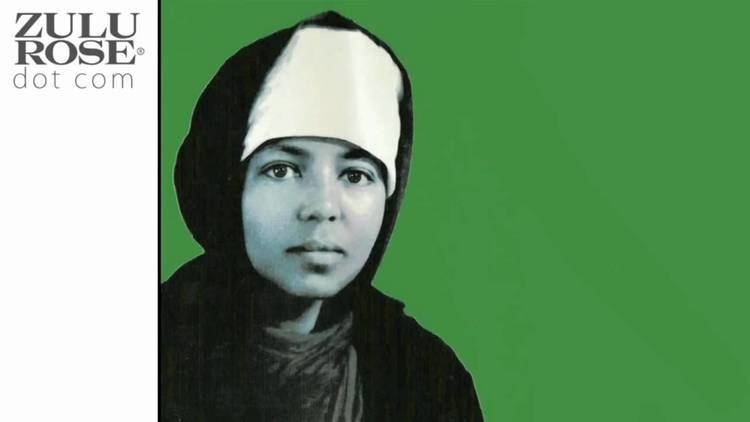
Her first record was released in 1967. The proceeds of this and subsequent releases went to help an orphanage.
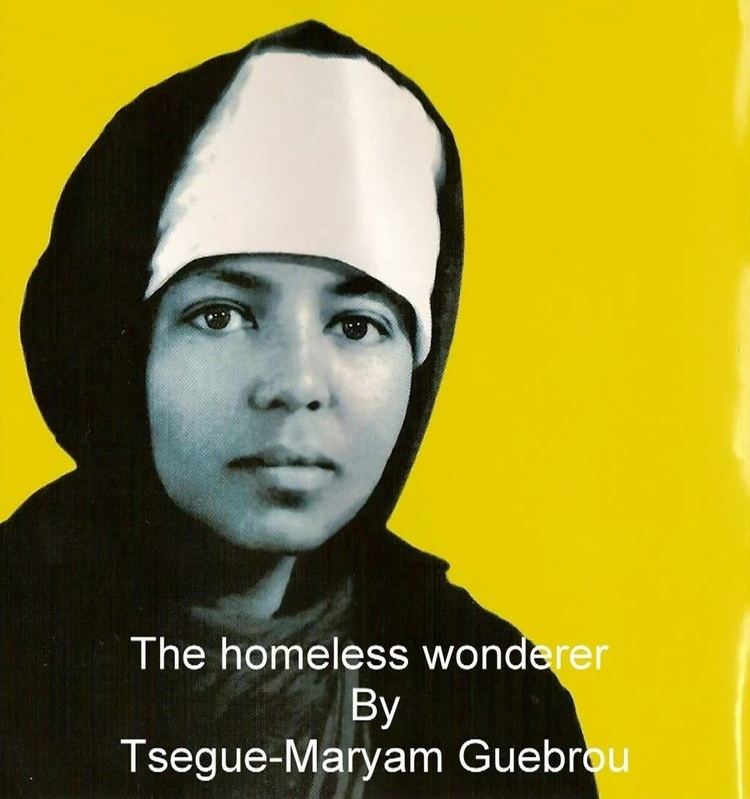
In 1984 she fled to the Ethiopian Monastery of Jerusalem because of a conflict between her religious beliefs and the marxist regime of dictator Mengistu Haile Mariam.
The Emahoy Tsege Mariam Music Foundation has been set up to help children in need both in Africa and in the Washington DC metro area to study music.
Music
A compilation of her work was issued on the Éthiopiques record label. She also appeared on The Rough Guide to the Music of Ethiopia, and The Rough Guide to African Lullabies. Her music has been described as melodic blues piano with rhythmically complex phrasing.
For three decades she lived a reclusive life with only rare performances including one at the Jewish Community Center in Washington, D.C. on July 12, 2008. Three tribute concerts were held in Jerusalem in 2013 to mark her 90th birthday and a compilation of her musical scores was released.
Songs
The homeless wanderer
Ballad of the spirits
Homesickness
